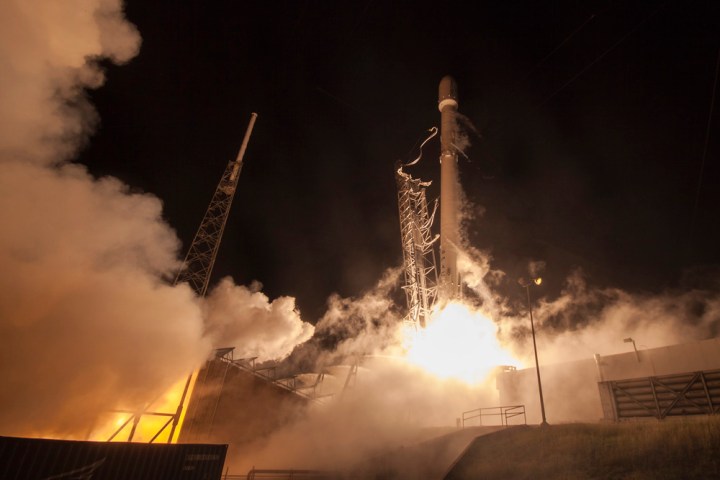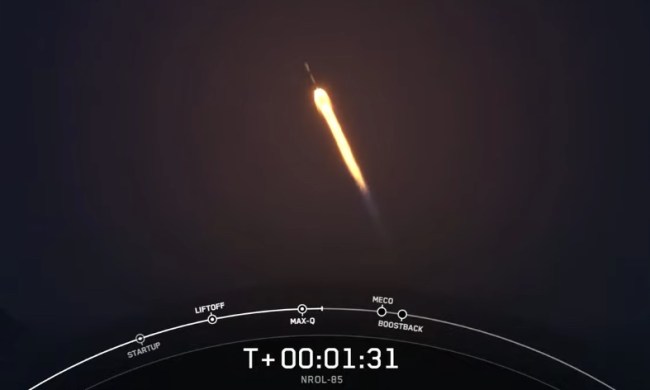
But it came to an end on the night of Sunday, July 2, when Elon Musk’s private space company had to abort a mission at the Kennedy Space Center in Florida just seconds from lift-off. It happened again on Monday, and now the team is hoping for a case of “third time lucky,” possibly on the evening of Wednesday, July 5.
Sunday’s night’s aborted mission was put down to a computer guidance issue, while the cause of July 4’s abandonment, which like Sunday’s effort occurred within 10 seconds of lift-off, is yet to be fully determined.
Desperate to avoid any major mishap along the lines of last year’s launchpad calamity, SpaceX said it would be performing thorough checks before its third launch attempt, which, when it eventually takes place, will put the Intelsat 35e communications satellite into geostationary orbit.
“Out of an abundance of caution, SpaceX will be spending the Fourth of July doing a full review of the rocket and launch pad systems,” the company said on its website. “The next launch opportunity for Intelsat 35e … is now no earlier than Wednesday.”
When the mission does eventually takes place, the large amount of energy needed to deliver the satellite into geostationary orbit (much higher than the Falcon 9’s usual low-Earth orbit missions) means the rocket won’t have enough fuel to bring it back to terra firma for one of those awesome landings SpaceX fans have come to know and love. The company has so far achieved 13 launch-and-land combos.
Better news
There was better news for the SpaceX earlier in the week when it successfully welcomed back its Dragon capsule, the first to make more than one mission. The capsule delivered supplies to the International Space Station (ISS) in early June and stayed docked till its return voyage, splashing into the Pacific Ocean south-west of Los Angeles on Monday, July 3.
“Dragon’s been an incredible spacecraft,” current ISS astronaut Jack Fischer told mission control shortly after the the capsule left its outpost, adding, “I could even say it was slathered in awesome sauce. This baby had almost no problems, which is an incredible feat considering it’s the first reuse of a Dragon vehicle.”
This particular Dragon capsule made its first mission to the ISS in 2014 and forms part of the reusable space transportation system being developed by SpaceX in a bid to significantly reduce the cost of space travel.


